|
|
Post by Woland on Apr 23, 2020 15:21:18 GMT -5
Joseph Wright of Derby was born in - you guessed it - Derbyshire in the 18th century, in the midst of the industrialising midlands. His portraits use chiaroscuro to great effect, particularly candle-lit scenes. Later in his career he worked on landscapes, particularly this moonlight landscape of Dovedale (the river Dove in the Peak District) in 1784.

Isaac Levitan was born in 1860 to a poor jewish family in Kibarty, Russian Poland (now modern-day Lithuania). He enrolled in the Moscow school of painting at 13 years of age, befriended the brother of Anton Chekhov and studied under Alexei Savrasov. After losing both parents before his 18th birthday, he received a scholarship to continue his studies. He was forced to leave Moscow after anti-Jewish retaliations in 1879, was allowed to return, yet 4 years later grew disillusioned with the classes and left. His art continued despite his life-long heart condition, cutting him down at just 39 years of age. One of his most famous works "Over Eternal Peace" was painted in 1894 near Udomlya, roughly halfway between Moscow and St. Petersburg.

Ferdinand Bellerman was born in 1814 in Germany. He took up sheep herding after his father died, was discovered and turned to porcelain painting and travelling throughout German lands, developing a taste for botany. He was recommended to Alexander von Humboldt, accompanied him on his trip to Venezuela and stayed there several years. This painting of a sugar plantation near Puerto Cabello was made during his Venezeuland sojourn.
|
|
|
|
Post by Woland on Apr 24, 2020 6:50:36 GMT -5
Thomas Gainsborough was an important English landscape artist in the 18th century, also a founding member of the Royal Academy. This landscape in Suffolk dates to the mid 18th century.
Sylvester Shchedrin grew up in an artistic family. At 27 years old he moved to Italy and stayed there the rest of his life, having a small influence on Italian landscape painting until his death at 39 years of age. This view of the Tiber river and Castel Sant Angelo in Rome was made in 1824,
Jasper Francis Cropsey was born in New York in 1823. He trained in architecture, took up drawing, visited Europe (7 years in London) before moving back to the US, devoting himself to north-east landscapes. He died in 1900 without much recognition, over time he has earned newfound acclaim. This 1865 painting of Starrucca Viaduct in Pennsylvania displays the beautiful autumnal landscapes he so admired.
|
|
|
|
Post by Woland on Apr 24, 2020 11:59:10 GMT -5
Eilif Peterssen was a Norwegian artist, gradually studied his way down Europe: from Norway to Denmark to Germany. Later he visited France and Italy to focus on his landscapes. This work dates from 1907.
Claude Joseph Vernet was an 18th century French painter, most noted for his seascapes and harbour paintings. This one dates from 1765 in Dieppe, a harbour in Normandy.
Grigory Chernetsov spent years trying to get into the Art Academy in St. Petersburg, after finally gaining admission and graduating he became a court painter in 1831. In 1838 he sketched and painted his journey down the Volga river with his brother. This painting shows the Syuky Mountains in Kazan.
|
|
|
|
Post by Woland on Apr 25, 2020 8:08:01 GMT -5
Thomas Edward Gordon was a Scottish soldier in the British Army, he saw action in the Indian Mutiny campaign, spent time in Persia and Central Asia. This watercolour is called "Lake Victoria in the Pamirs", but now it's called Zorkul in the Pamir Mountains, between Afghanistan and Tajikistan.
Edward Beyer was born in the Rhineland in 1820, moved to America in 1848, staying in Newark (New Jersey), Philadelphia (Pennsylvania), Cincinnati (Ohio), he stayed in Virginia for 3 years, painting antebellum landscapes. He returned to Germany and died in 1865. This painting from 1855 shows the Peaks of Otter and the town of Liberty, Virginia.
Lev Lagorio was a 19th century landscape artist, born in Feodosia (modern Ukraine) to a Genoese merchant. After returning from Paris and Rome, he travelled to the Caucasus multiple times for artistic and military reasons, along with painting battle scenes of the Russo-Turkish war of 1877. This painting dates from 1893 of a Caucasian gorge.
|
|
|
|
Post by Woland on Apr 25, 2020 11:25:28 GMT -5
Charles-Francois Daubigny was a french painter whose work is considered a precursor of Impressionism. In the 1850s he liked to paint on his boat-cum-studio along the Seine, particularly in Auvers (Northwest Paris). After the Franco-Prussian War he travelled through the Netherlands with a young Claude Monet and in Auvers he met a young painter called Paul Cezanne. This painting called "Spring Landscape" dates from 1862.
John Robert Cozens was an 18th century watercolour painter, John Constable called him "the greatest genius who ever touched landscape". He travelled through Switzerland and Italy a couple times, but at 42 years of age he succumbed to a nervous breakdown and committed, he died 3 years later. This watercolour from 1777 depicts Lake Nemi in Lazio (south of Rome).
Johan Thomas Lundbye was a Danish landscape artist born on the island of Zealand. At 29 years of age he went to fight in the 1848 war in Schleswig and died; whether by accidental shot or suicide is unknown. This painting of an ancient burial mound by Raklev on Refsnaes was painted in 1839.
|
|
|
|
Post by Woland on Apr 25, 2020 13:45:28 GMT -5
Abraham Pether was an english landscape painter who specialised in moonlit scenes, he also constructed telescopes and microscopes for his own studies, he also gave lectures on electricity on the side. Despite his multi-talented ways, his money from art barely kept his head above water, he died in 1812 after contracting an illness, leaving a wife and 9 children in abject poverty. This painting dates from 1801.
Anton Legashov was born to a family of serfs in 19th century Russia. After buying his freedom and struggling to be recognised as an artist by the Imperial Academy, he finally got his recognition and joined a religious expedition to Beijing, spending 10 years there painting portaits and landscapes. After he returned to Russia he continued to use Chinese motifs in his work. This painting depicts Chinese mountains from 1830.
John Frederick Kensett was born in Connecticut, studied painting in Europe, set up shop in New York and continued to travel across America and Europe. In 1872 he tried to save his friend's wife from drowning, in the process he contracted pneumonia and died at 56 years of age. This painting of Lake George was made in 1869.
|
|
|
|
Post by Woland on Apr 25, 2020 18:18:31 GMT -5
Arseny Meshchersky was another Russian painter who suddenly left the Imperial Academy for Switzerland. His successful paintings earned him a round the world ticket with Grand Duke Alexei Alexandrovich (son of Alexander II). A bout of pneumonia in 1879 left him with bad health, he finally kicked the bucket in 1902 from an asthma attack. This landscape is
William Hodges was a member of James Cook's second voyage to the Pacific Ocean, painting his way through Tahiti, Easter Island, New Zealand and Antarctica. This 1776 painting shows Oaitepeha Bay in Tahiti.
Washington Allston was born in South Carolina in 1779, studied at Harvard College before moving to London and visiting Western Europe. After his wife death he moved to Cambridge, Massachusetts and remained there until his death in 1843. This painting is entitled "Landscape with a Lake" from 1804.
|
|
|
|
Post by Woland on Apr 26, 2020 7:23:12 GMT -5
Charlotte Nasmyth (daughter of Scottish painter Alexander) worked in her father's studio along with the rest of her siblings. The siblings inherited enough money from their father's death in 1840 to move to England. Charlotte painted her way across Britain, garnering more acclaim than the rest of her artist siblings. This Highland Loch landscape is from 1849.
David Ciraciyan was an Ottoman painter of Armenian descent, he travelled through Europe and Egypt without gaining an art diploma. This landscape of the Nile coast dates from 1897
Sunqua was a 19th century Chinese painter, catering to European clients with his views of burgeoning maritime trade in Canton and Macao (particularly after the Opium wars). This view of the Canton river dates from the 1850s
|
|
|
|
Post by Woland on Apr 26, 2020 16:41:37 GMT -5
John Gendall was born in Exeter, worked in London before moving back to his home town. Outside of art, he launched an art school, assisted in the establishment of Exeter University and the Royal Albert Memorial Museum in Exeter, he died before it was finished. This painting shows a view on the river Avon.
Alexander Ivanov couldn't escape art even if he wanted to: his dad was an art professor. Alexander settled in Rome painting religious scenes, his magnum opus "Appearance of Christ before the people" took 20 years to complete. This landscape from 1846 shows the view from Pompeii to Castellammare.
Carlos de Haes was born in Brussels, settled in Malaga with his family in his late 30s. He was an important Spanish landscape artist of the 19th century; this painting of the Mancorbo canal in the Picos mountains (Asturias, northern Spain) dates from 1876.
|
|
|
|
Post by Woland on Apr 27, 2020 9:39:27 GMT -5
Alexandre-Hyacinthe Dunouy was a french painter mostly known for his small landscapes of Italy; in 1810 he travelled there under the patronage of Marshall Murat (appointed King of Naples by Napoleon). This view of the aqueduct near Salerno dates to 1790.
Aleksander Gierymski was a Polish painter who switched between Italy, Germany and Warsaw, in his later years he collapsed mentally, dying in a mental hospital in Rome in 1901. This view from Ossiach lake in Carinthia (southern Austria) dates from 1886
Charles Blomfield was born in London and moved to New Zealand when he was 9 years old. His most famous landscapes were the Pink and White Terraces, enormous silica deposits which were initially thought to have been destroyed in the 1886 eruption of Mount Tarawera; resent research has revealed whatever remnants of the eruption survived may be buried underground,
|
|







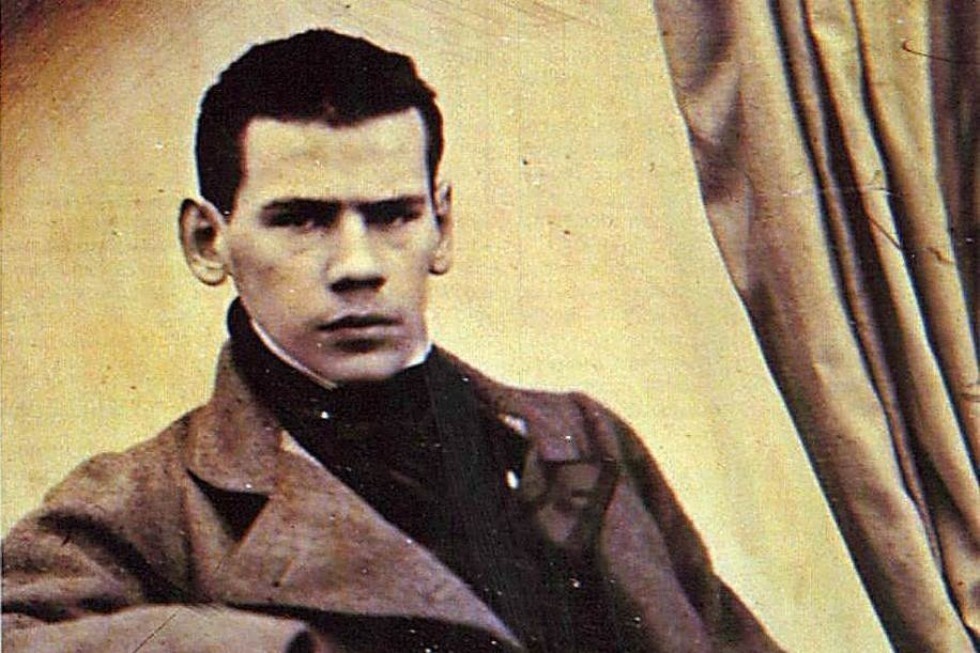

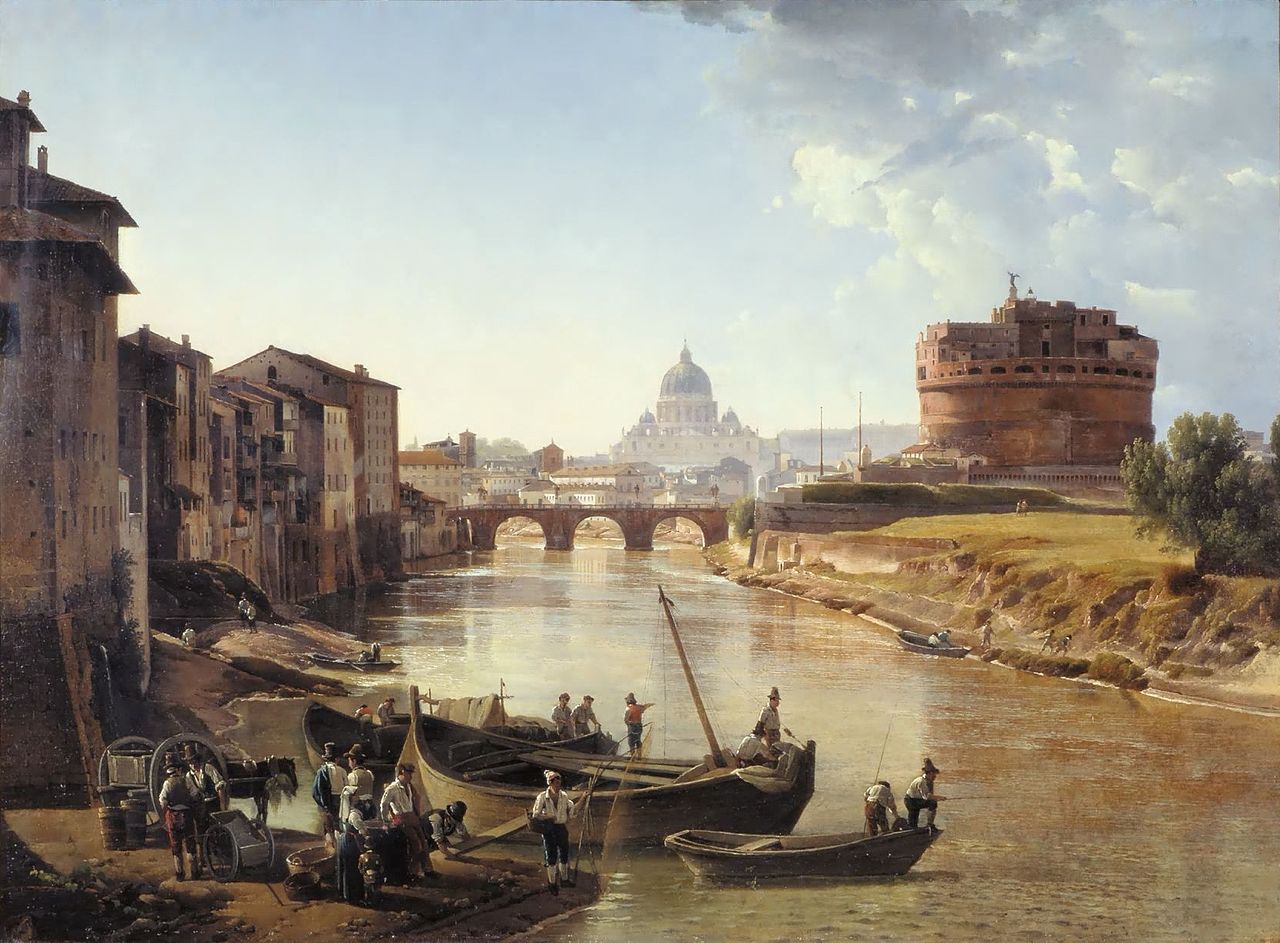
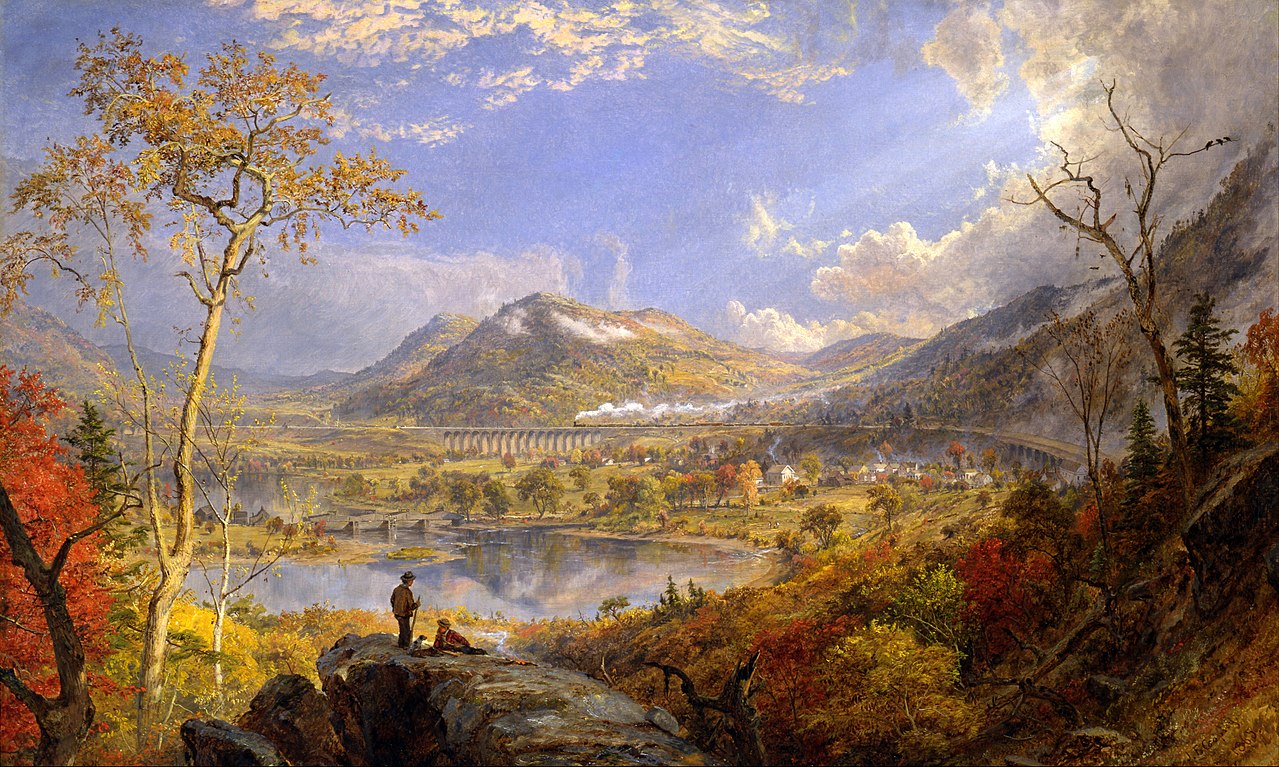



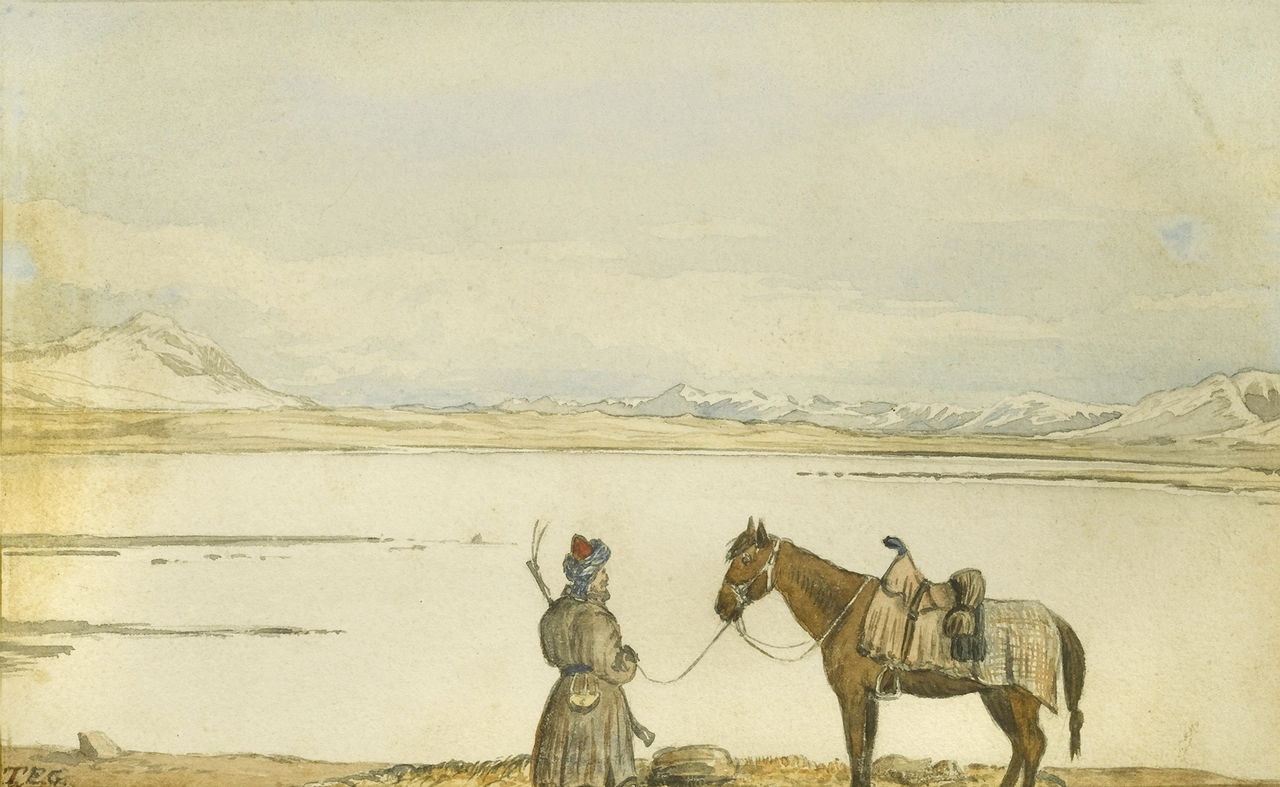





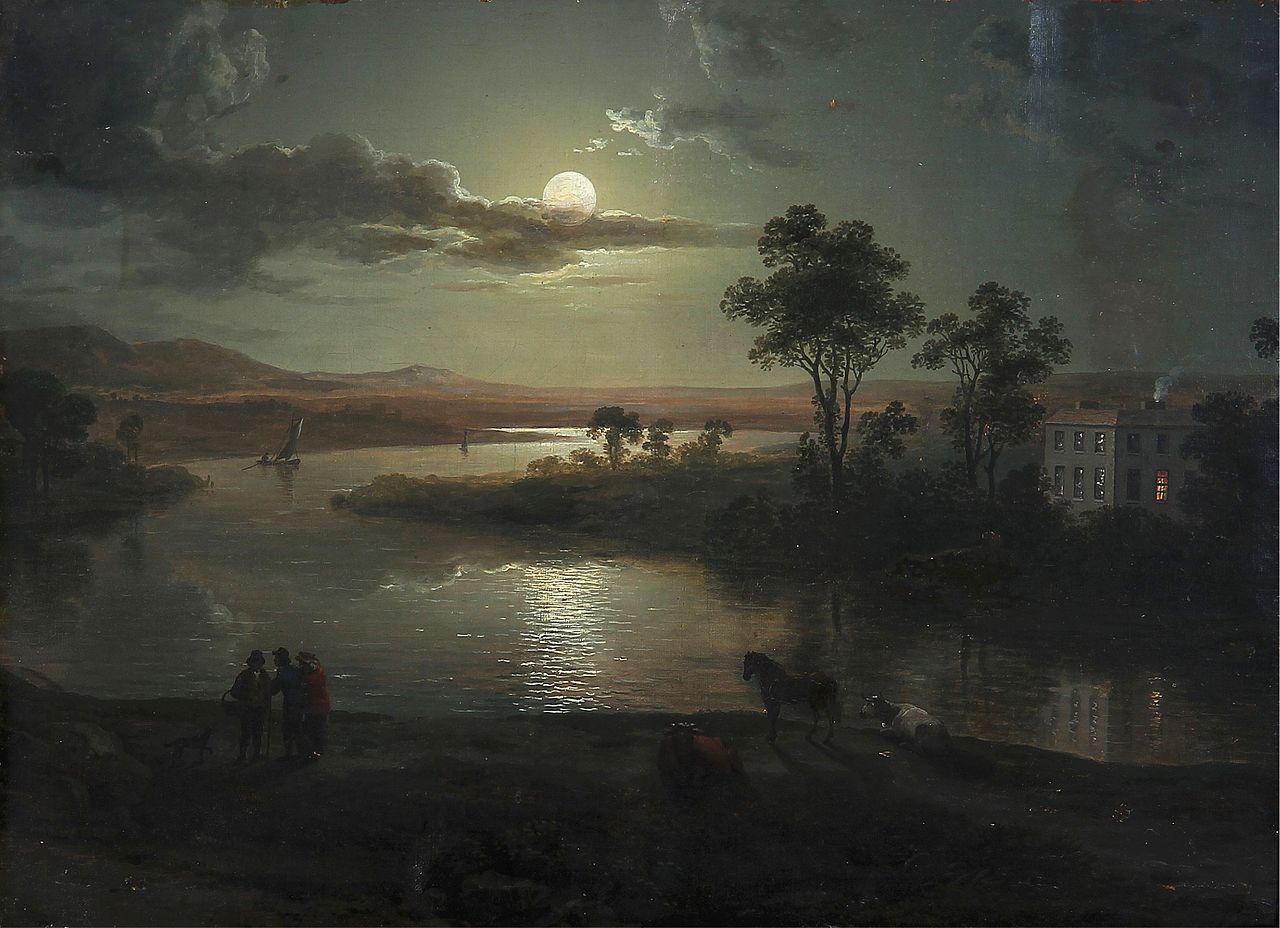



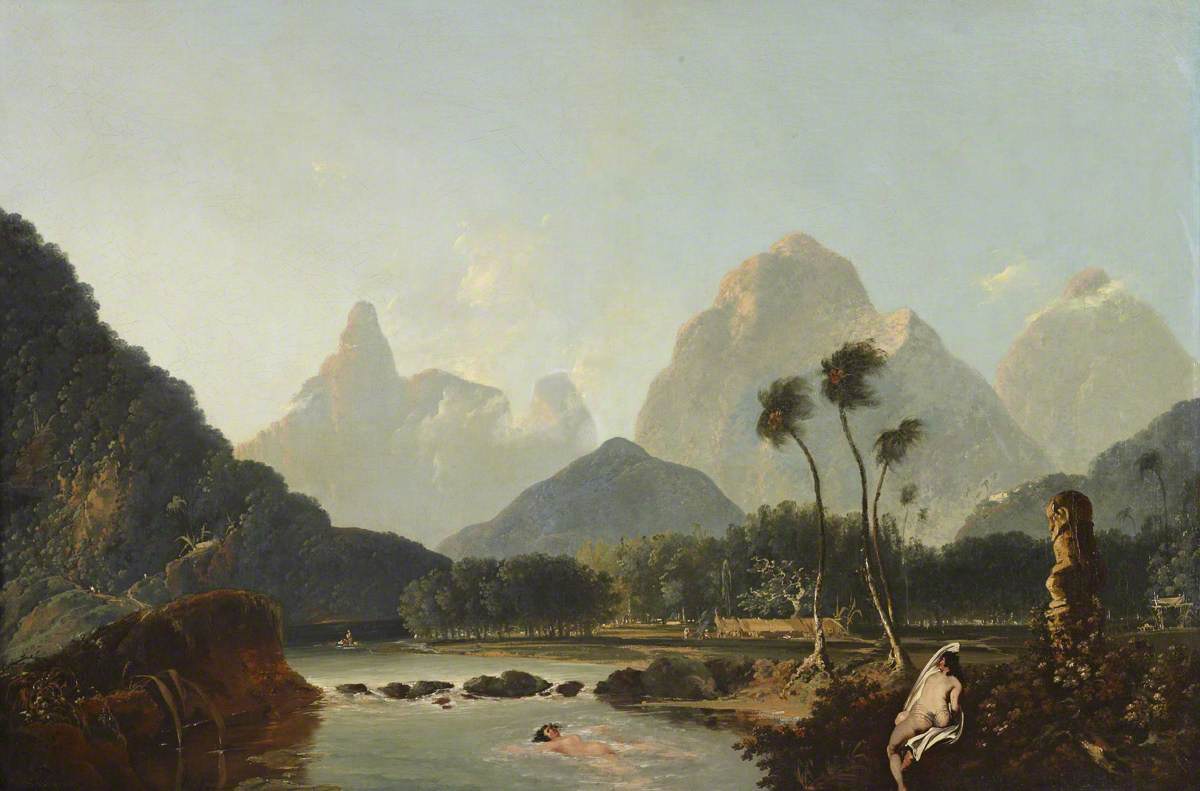
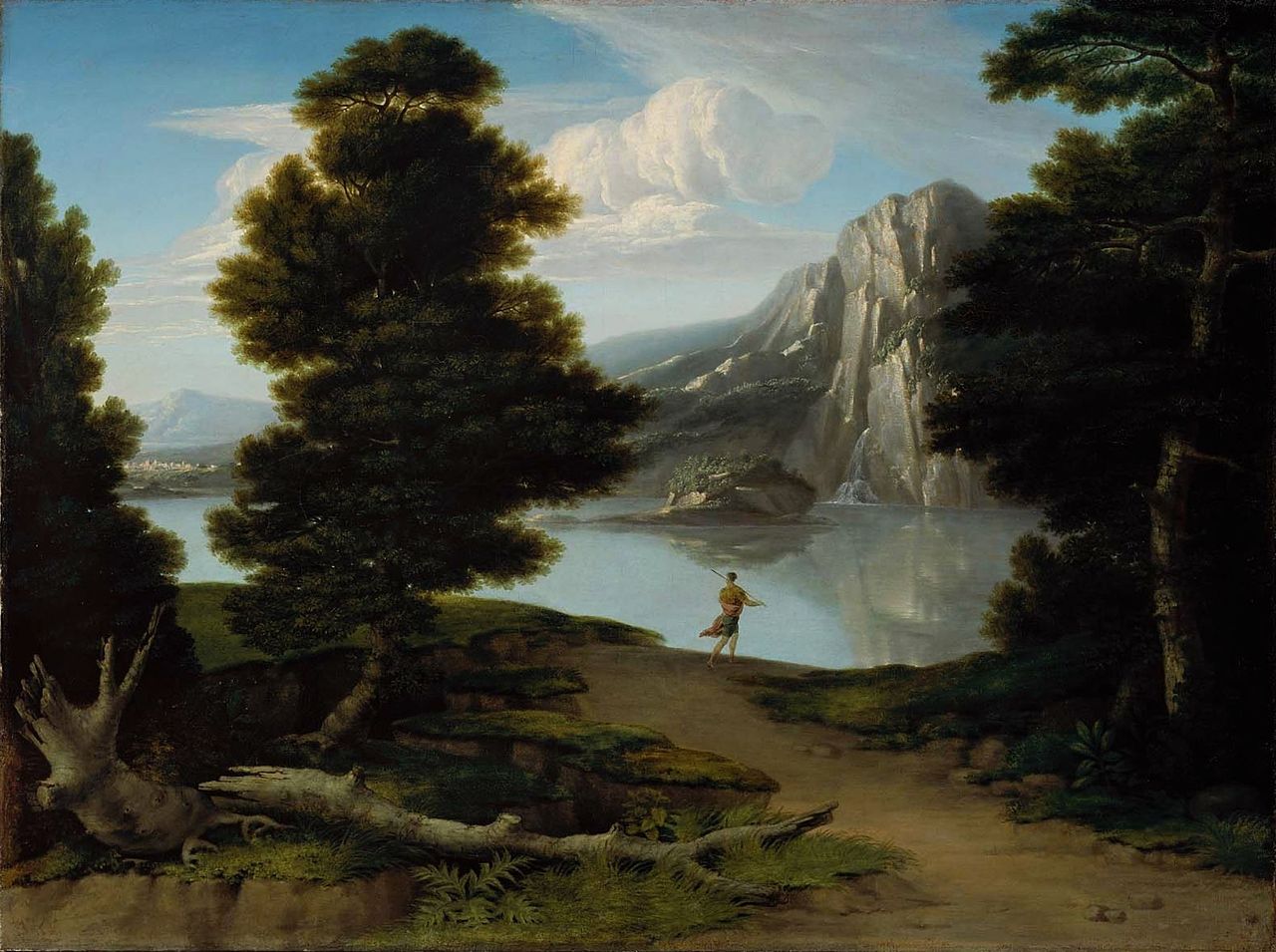
.jpg)





.jpg)

